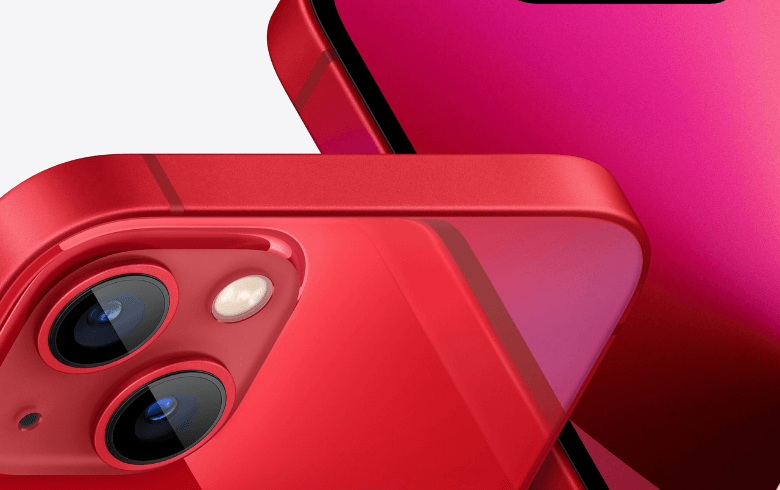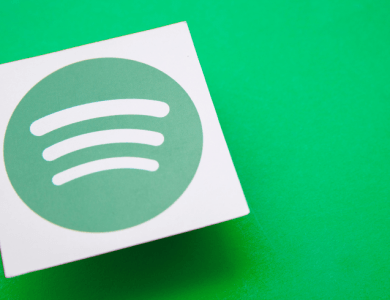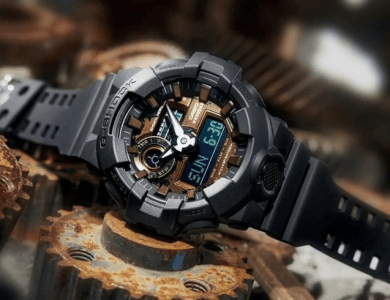
The question forces a direct evaluation of hardware longevity, software support, and functional relevance. The iPhone 13stands as a device built on the A15 Bionic platform, and the durability of this foundation determines its viability in 2026. The iPhone 13 remains anchored by a processor that has not collapsed under modern workloads. Its transistor budget and thermal discipline still handle sustained tasks without meltdown or unacceptable throttling. This gives the iPhone 13enough computational headroom to survive 2026 without slipping into functional obsolescence.
Contents
Hardware Baseline
The iPhone 13 carries the A15 chip. This component executes workloads with predictable stability even after years of use. The neural engine still processes on-device tasks without visible degradation. The iPhone 13 battery, if replaced once, maintains operational consistency. Lithium-ion fatigue is the only constraint; it is not a design failure. With a fresh cell, the iPhone 13 sustains daily cycles without collapse.
Display and Durability
The iPhone 13 uses an OLED panel with adequate brightness, color accuracy, and uniformity. No generational leap since its release makes the screen inadequate. The display remains sharp, efficient, and structurally stable. The aluminum frame and ceramic-shield glass of the iPhone 13 continue to resist typical mechanical threats. In 2026, this construction remains serviceable.
Software Support Expectations
Apple’s support pattern follows a predictable cycle measured across processor generations. The A15 Bionic remains younger than multiple still-supported chipsets. The iPhone 13 aligns with the timeline required for updates through 2026. Security patches and major releases should continue without interruption. The iPhone 13 benefits from Apple’s strategy of stretching software longevity across a long tail of hardware.

Performance Under Modern Workloads
The iPhone 13 retains enough GPU and CPU strength to handle contemporary applications. Browsing, navigation, messaging, and media capture remain smooth. Any claim of slowdown is usually tied to storage saturation or battery decline, not a failing processor. With storage trimmed and battery replaced, the iPhone 13 demonstrates stable behavior even under 2026’s heavier app demands.
Camera System Relevance
The camera hardware in the iPhone 13 is not obsolete. It delivers images with clarity, low-noise processing, and balanced dynamic range. Computational photography still performs effectively. In 2026, the iPhone 13 camera system remains sufficient for documentation, social media, and general creative tasks. The device does not lose functional photography strength only because newer models exist.
Video Capabilities
The iPhone 13 handles 4K recording across multiple frame rates without sensor overheating or frame instability. Its stabilization remains controlled enough for handheld work. This consistency holds into 2026. The hardware pipeline has not aged out of relevance.
5G and Connectivity
The connectivity package on the iPhone 13 covers sub-6GHz 5G widely deployed across global networks. Network expansion in 2026 will not outpace the modem capabilities of the iPhone 13 at a critical level. Wi-Fi performance remains stable. Bluetooth compatibility persists. The device does not fail to integrate with 2026’s connectivity environment.
Storage Limits and Practical Constraints
Users who selected 128GB may experience constraints when dealing with large libraries in 2026. Storage management becomes mandatory, not optional. The iPhone 13 hardware itself does not degrade, but user behavior determines the device’s friction level. Larger 256GB and 512GB versions of the iPhone 13 avoid most of this compression.
Thermal and Mechanical Stability
Thermal consistency on the iPhone 13 remains adequate. The chassis dissipates heat efficiently. No structural weaknesses have emerged across the population of devices. With a new battery and clean internals, the iPhone 13 maintains physical reliability.
Comparison With Newer Models
The practical gap between the iPhone 13 and models released closer to 2026 exists but does not render the older device unusable. The differences are incremental rather than existential. Faster refresh rates, improved sensors, and enhanced modems do not create functional barriers for the iPhone 13 user. These advances refine rather than disqualify.
The Value Position
The iPhone 13 holds its value because it continues to operate without collapse across core functions. Its hardware remains competent, and its software pipeline remains intact. In 2026, the iPhone 13 does not degrade into a budget-tier device. It sits as a stable mid-tier option with preserved usability.
Battery Replacement as a Requirement
Battery aging defines the only unavoidable maintenance task. The iPhone 13 depends on a healthy power cell to deliver consistent operation. A replacement restores longevity. Without replacement, the iPhone 13 loses reliability under heavy loads. This is not a defect; it is a baseline condition of lithium-ion systems.
The iPhone 13 remains viable in 2026. Its performance endures. Its camera maintains relevance. Its software support continues. Its connectivity remains aligned with modern networks. A battery replacement reestablishes endurance. The iPhone 13 sustains its functional integrity without collapsing under contemporary technological demands. It meets the requirements of 2026 without slipping into obsolescence.








